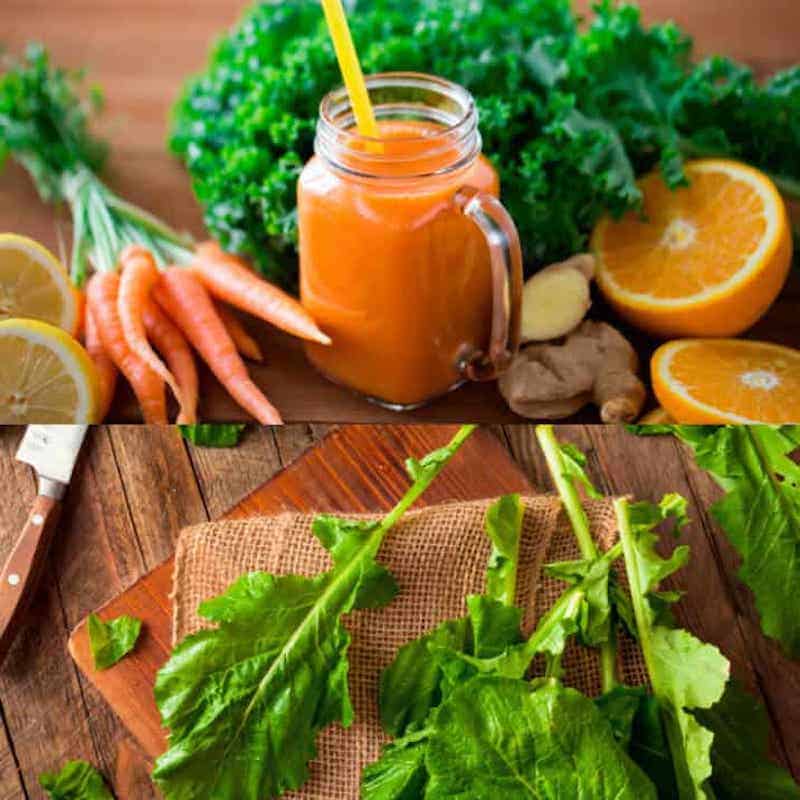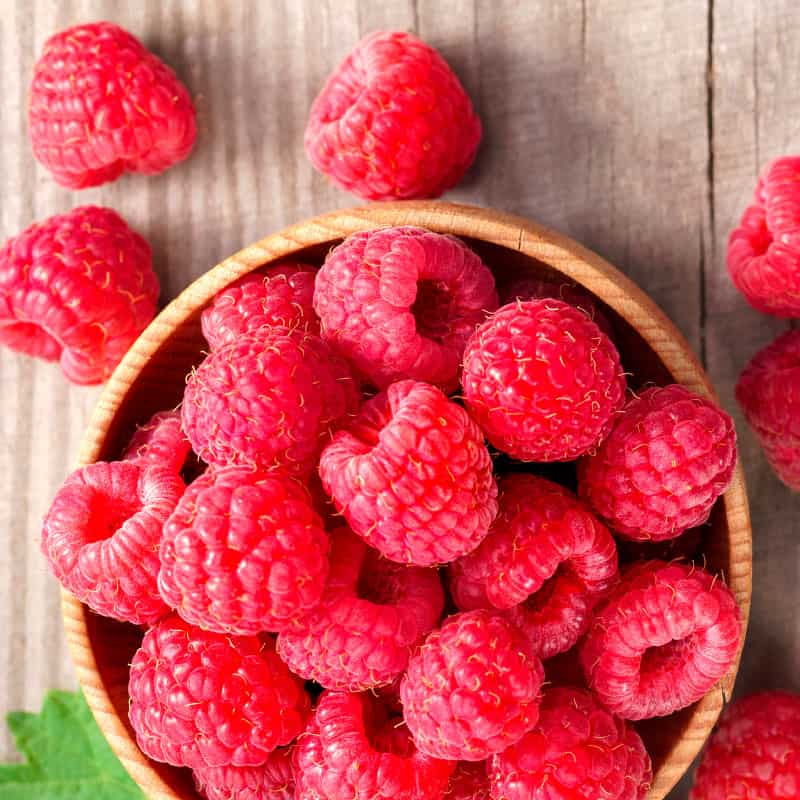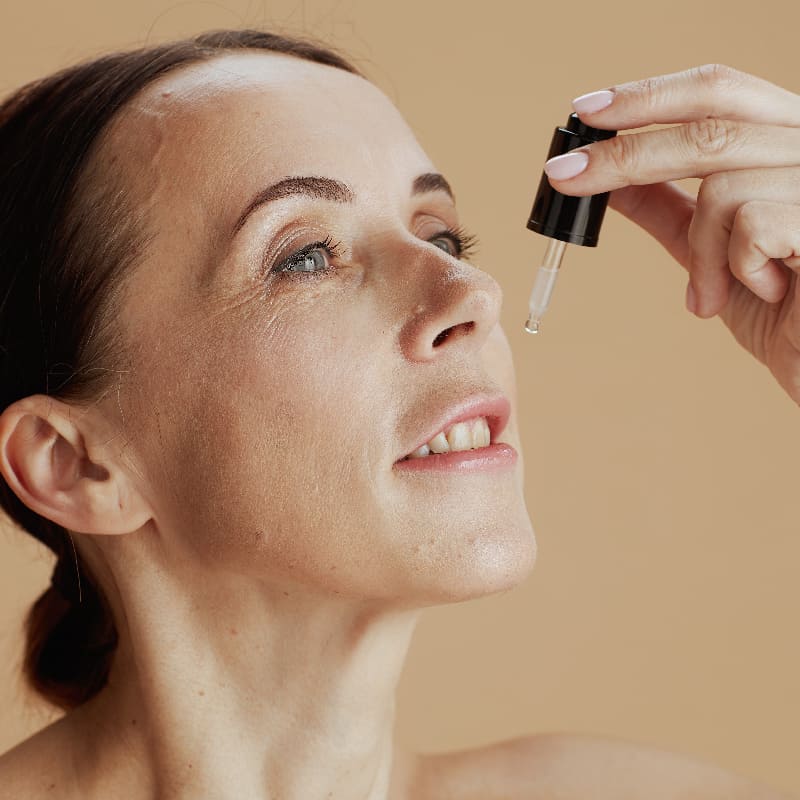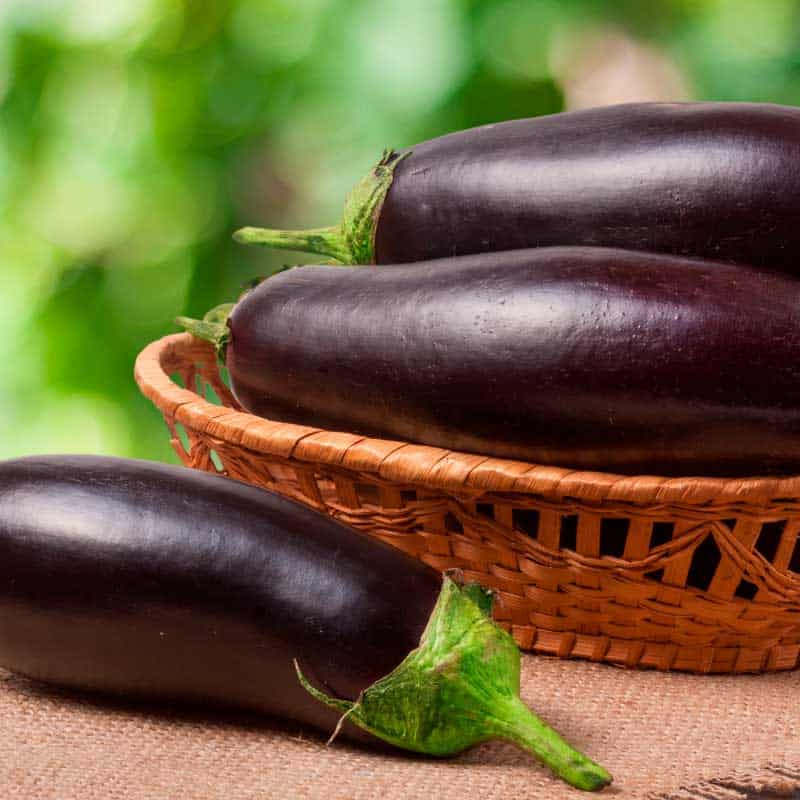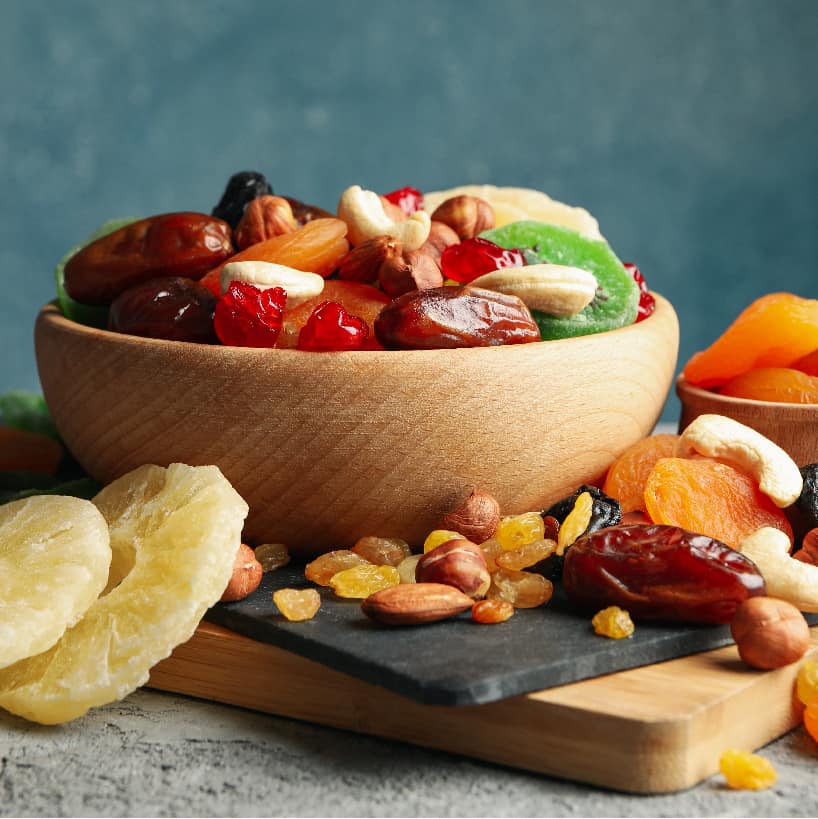This Dr. Axe content is medically reviewed or fact checked to ensure factually accurate information.
With strict editorial sourcing guidelines, we only link to academic research institutions, reputable media sites and, when research is available, medically peer-reviewed studies. Note that the numbers in parentheses (1, 2, etc.) are clickable links to these studies.
The information in our articles is NOT intended to replace a one-on-one relationship with a qualified health care professional and is not intended as medical advice.
This article is based on scientific evidence, written by experts and fact checked by our trained editorial staff. Note that the numbers in parentheses (1, 2, etc.) are clickable links to medically peer-reviewed studies.
Our team includes licensed nutritionists and dietitians, certified health education specialists, as well as certified strength and conditioning specialists, personal trainers and corrective exercise specialists. Our team aims to be not only thorough with its research, but also objective and unbiased.
The information in our articles is NOT intended to replace a one-on-one relationship with a qualified health care professional and is not intended as medical advice.
Rice Cakes: Are They Healthy? Pros, Cons + How to Use
August 25, 2023
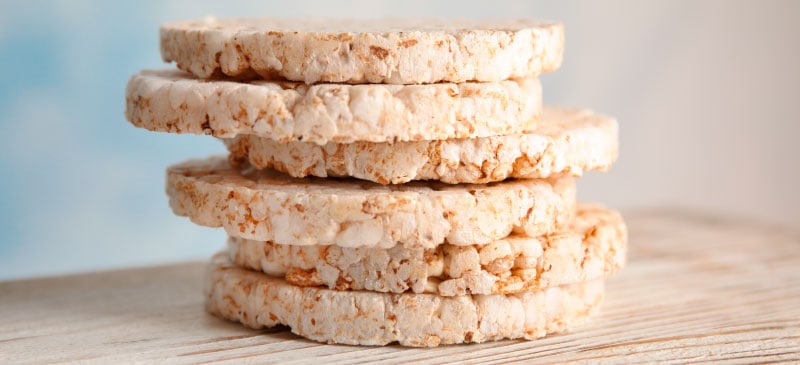
If you’ve ever followed a low-fat diet or a fad diet that prioritized cutting calories as much as possible, then there’s a good chance that rice cakes made their way into your grocery cart — but are rice cakes actually good for you?
Like many other packaged snacks, there are pros and cons of eating rice cakes. For example, they’re super convenient, usually gluten-free and make a good substitute for higher-calorie foods like bread — yet they’re also mostly devoid of nutrients and relatively high in “empty” carbs.
Let’s take a closer look at what different types of rice cakes are made of, the benefits and drawbacks to including them in your diet, plus some healthy ways to enjoy them.
What Are Rice Cakes?
What are rice cakes made of exactly? Most rice cakes are made with puffed rice and/or rice flour, including the types made from white rice, brown rice or other types.
The rice is condensed and pressed together to form a thin “cake” that is more like a crispy, airy cracker.
Different varieties of rice cakes are popular around the world, especially in India and Asian countries — such as Cambodia, Indonesia, Korea, Japan and China — where rice is eaten with nearly every meal. In the U.S., rice cakes have been around since the 1980s, when they were first advertised as the perfect low-calorie snack to enjoy with with jelly, cottage cheese, fruit and other toppings.
There are many different ways these snacks can be made, such as grinding whole grain rice, adding other grains and seeds to the mix — such as quinoa, buckwheat or flaxseeds — or by simply using refined white rice that has been puffed with air to increase the volume.
Nutrition Facts
Overall, rice cakes are low in calories but don’t provide much else in the way of nutrition benefits. While some whole grain rice cakes can be a decent source of fiber and certain other nutrients, they are still generally low-nutrient foods.
Some types can also be relatively high in added sugar and salt, so it’s a good idea to read ingredient labels and choose a type made with straightforward, healthy ingredients.
One plain, unsalted, brown rice cake (approximately nine grams) has about:
- Calories: 34.8
- Total Carbohydrates: 7.3 g
- Fiber: 0.4 g
- Sugar: 0.1 g
- Total Fat: 0.3 g
- Saturated Fat: 0.1 g
- Polyunsaturated Fat: 0.1 g
- Monounsaturated Fat: 0.1 g
- Trans Fat: 0 g
- Protein: 0.7 g
- Sodium: 2.3 mg (0.1% DV*)
- Manganese: 0.3 mg (13% DV)
- Niacin: 0.7 mg (4% DV)
- Selenium: 2.2 mcg (4% DV)
- Phosphorus: 32.4 mg (3% DV)
- Magnesium: 11.8 mg (3% DV)
*Daily Value: Percentages are based on a diet of 2,000 calories a day.
Are Rice Cakes Healthy? (Pros and Cons)
Pros:
1. Gluten-Free and a Lower-Carb/Lower-Calorie Alternative to Bread
If you’re following a lower-carb diet or simply want to keep your calorie and carb intake in check, rice cakes can make a good substitute for other carbs, such as bread, rolls, wraps, crackers, chips and french fries.
Since they contain more air from puffed rice and aren’t made with energy-dense flour, they tend to be lower in carbs and calories than other snacks and similar ingredients. It’s possible they can satisfy your cravings for carbs without adding lots of unwanted calories to your diet.
Another benefit is that they are naturally gluten-free (unless made with wheat, rye or barley flour), since rice is not a gluten-containing grain.
2. Can Provide Whole Grains
Compared to other types of whole grain crackers or crisp breads, rice cakes are usually lower in fiber. However, if you eat a few of them, especially if they are made with whole grains like brown rice plus seeds, they can still provide some dietary fiber that contributes to your daily needs.
Whole grain rice cakes also supply you with small to moderate amounts of certain essential nutrients, such as manganese, B vitamins like niacin and selenium, which have benefits including supporting healthy energy levels, maintaining normal blood sugar, supporting bone health and contributing to a strong immune system.
3. Convenient and Versatile
Because they don’t have much flavor on their own, unless they contain added ingredients, rice cakes are versatile and can be used in a variety of recipes, both sweet and savory. For example, you can top them with avocado and everything bagel seasoning or sliced apples with peanut butter.
They also don’t require cooking, are inexpensive, are shelf-stable and don’t need to be refrigerated, so they are easy to take on trips and when out and about.
Cons:
1. High in Carbohydrates/High Glycemic Index Score
Rice cakes mostly contain carbohydrates, most often from processed white rice that is considered mostly a source of “empty calories.” While one or two cakes won’t contribute a very high amount of carbs to your diet, eating more than this amount can, especially if you choose a sweetened rice cake product that’s made with added sugar.
Most rice cakes have a high score on the glycemic index, meaning they can raise blood glucose levels pretty quickly.
Do rice cakes make you gain weight? For instance, why do bodybuilders eat rice cakes?
Like with any other food, it ultimately all comes down to how many you eat and how they fit into the rest of your diet. Rice cakes are a source of carbs, which can aid in building muscle when paired with resistance exercise.
That said, if you consume lots of them (especially if you’re not very active) they probably won’t do much to keep your weight in a healthy range.
To make rice cakes more filling, which can keep your portion size smaller, try pairing them with a source of satiating protein, such as cottage cheese, melted aged cheese or tuna fish. This leads to less of a blood sugar spike and also keeps hunger in check for longer afterward.
Healthy fats such as avocado or almond butter are also good options for topping rice cakes, since they can keep you feeling full for longer.
2. Overall Low in Nutrients
While certain types of whole grain rice (including brown rice, black rice and wild rice) can sometimes provide antioxidants, there’s evidence from some studies indicating that the puffing process depletes levels of some delicate antioxidants, which means you’re better off eating regular whole grain rice.
Recipes
If you choose to regularly snack on rice cakes, opt for those made with whole grain rice, such as brown rice, plus simple ingredients like sea salt or cinnamon. Steer clear of varieties that contain added sugars or artificial flavors, and be conscious about how much sodium you consume if you’re sensitive to salt.
Here are some healthy rice cakes recipes to try:
- Make rice cake “avocado toast,” topped with sliced tomato and your favorite seasoning.
- Top one with a scrambled egg, burger or veggie burger.
- Spread one with hummus, and top with sprouts.
- Top one with yogurt, chia seeds and smashed berries.
- Mash some banana on top, and sprinkle with coconut flakes and cocoa powder.
- Make a rice cake pizza with tomato sauce, basil and mozzarella.
- Use them to make healthy brown rice crispy treats with almond butter.
Healthier Snack Options
Rice cakes may not be the worst snack option — especially if they are made with whole grain rice and other nutrient-rich ingredients like grains and seeds — but they aren’t necessarily the best either. What other healthy snacks should you seek you instead?
If you’re craving something “carby,” choose whole grain crackers instead made with high-fiber sprouted grains. Homemade baked french fries are another good option.
Other healthy snacks that likely are more filling and contribute more nutrients to your diet overall include:
- A healthy smoothie with protein powder, almond milk and berries
- Hard-boiled eggs
- Almond butter with a sliced apple
- Guacamole with whole grain chips
- Hummus with veggies
- Rolled-up turkey with spinach and mustard
- Sliced smoked salmon with cucumbers and cream cheese
- Energy balls with nuts, seeds and cocoa
- Tuna salad with sliced celery
Risks and Side Effects
If you’re ever had an allergic reaction to rice, then avoid eating rice cakes.
Read ingredient labels when purchasing rice cakes, and choose a brand that is made with recognizable ingredients rather than lots of sugar, preservatives and additive flavors.
Conclusion
- What are rice cakes made of, and are they healthy? Rice cakes are made with puffed rice, sometimes rice flour, and in some cases other ingredients like grains, sugar, salt and flavoring.
- While they tend to be pretty low in calories, rice cakes don’t offer much in terms of nutrients. The healthiest types are made with whole grain rice and no added sugar or artificial ingredients.
- Pros of eating rice cakes include that they are convenient, versatile and lower in calories than foods like bread and chips. However, they can raise your blood sugar quickly and aren’t usually very filling.
- Overall, watch your portion size, and try pairing them with a source of satiating protein and healthy fats to make them more nutritious, such as cottage cheese, melted aged cheese, avocado, eggs or tuna fish.



